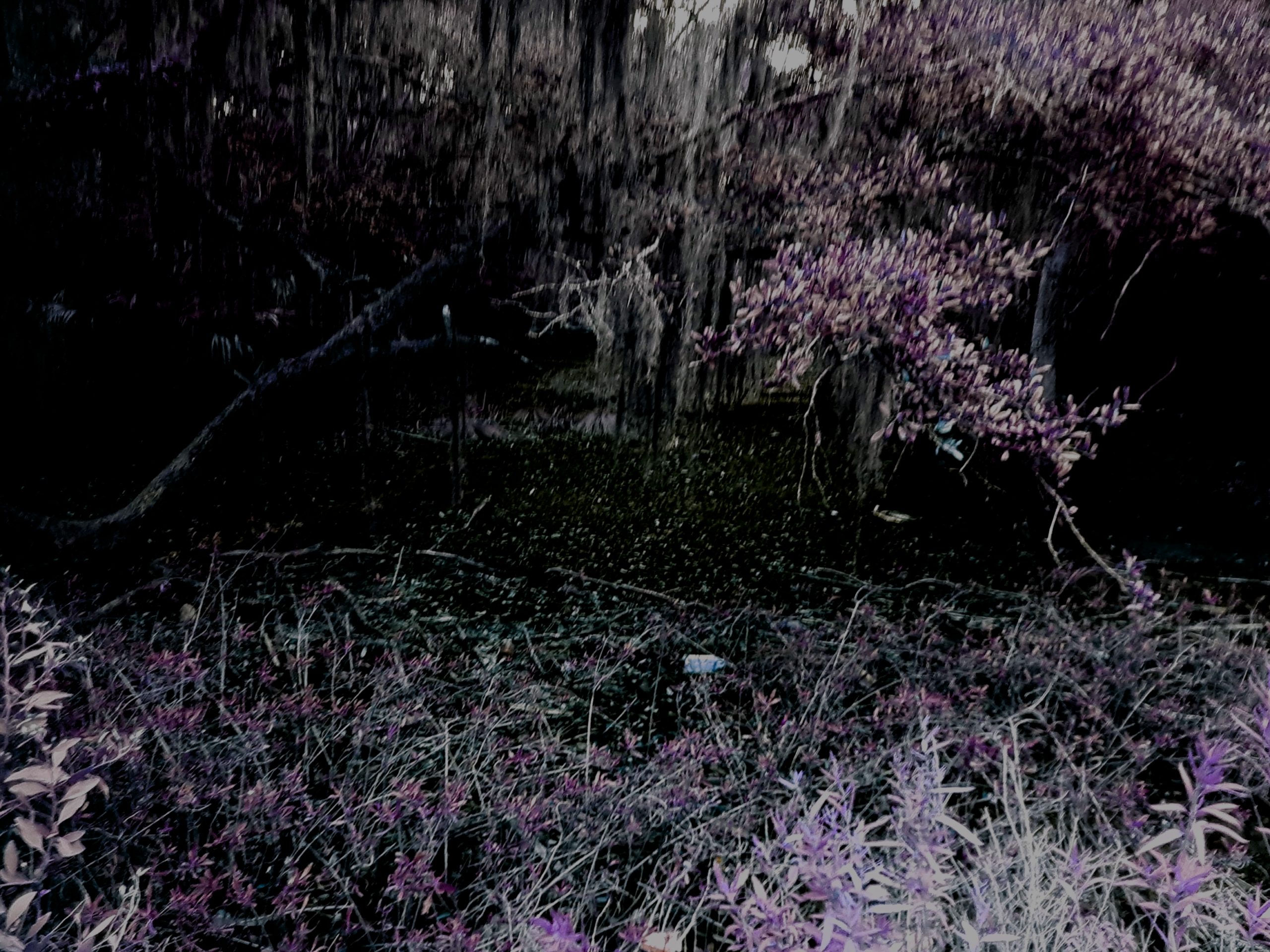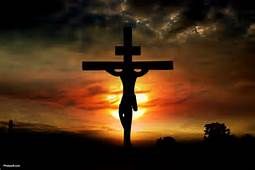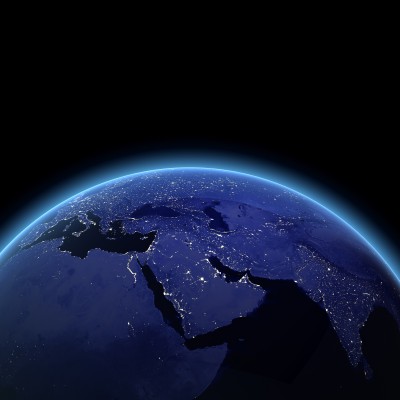What do Muslims and Catholics have in common? At the top of the list is Mary.
SINCE YOU ASKED
Conduct some serious research into Islam and you’ll eventually uncover an amazing connection to Roman Catholicism. “Catholic” thinking had been around for several hundred years by the time Muhammad came along. As a merchant, he learned an interesting combination of fact and fiction from the Jews and Christians he met. Many of his “insights” into Christianity came from Catholic acquaintances.
One of the most influential ideas they passed along to him involved the doctrine of Mary. The Qur’an reflects what he learned from them. It refers to Jesus as “Jesus, son of Mary” rather than “Son of God.” It gives Jesus high marks, but not as high as Mary, and denies His claim to be God’s Son. Mary is the only woman named in the Qur’an, and Muslim women recite the sura about Mary during childbirth.
The Qur’an states that Mary was immaculately conceived (not Jesus) and her mother was sterile. She has become the Savior, not Jesus. To Muslims, Mary is the greatest of all women. Muslims follow the Catholic lead in venerating Mary as a pure and holy saint, referring to her as Our Lady (Sayyida). The 19th Sura (chapter) of the Qur’an is named for her and throughout the book her name is mentioned no less than 34 times.
So, what is it about Mary that captivates Muslims so much? Her apparitions. Muslims have always been into the mystical and the superstitious. Mary fits right in. We tend to think only of Catholics when we hear of the magical appearances of Mary and her spiritual messages. I was shocked to learn that Muslims have been flocking to these same sites.
One of the most dramatic examples occurred during the last century, when a remarkable series of events occurred at a Coptic Orthodox church in Zeitoun, Egypt. A woman that onlookers believed was Mary, appeared in the form of an apparition, performing signs, wonders, and healings. The same woman appeared several nights each week for years. The vast majority of spectators were Muslims.
Today, an increasing number of Muslims are making pilgrimages to Marian shrines. Arguably, the most popular apparition site that Muslims visit is the shrine of Our Lady of Fatima in Portugal. Fatima was said to be Muhammad’s favorite daughter.
So, how should Catholics feel about Muslims and Catholics coming together? The official position is that the God of the Bible and Allah of the Qur”an are one and the same. According to the Catholic Catechism:
The plan of salvation also includes those who acknowledge the Creator, in the first place amongst whom are the Muslims; these profess to hold the faith of Abraham, and together with us they adore the one, merciful God, mankind”s judge on the last days.[1]
Throughout the Middle East, the local Catholic Church and the local mosque are almost always side by side. I recently saw a picture of a Catholic Church standing beside a Mosque in Aman, Jordan. On the Catholic Church is a symbol showing the sun in a half circle with radiating rays and a square cross. Across the street on the mosque are the same symbols. Typically, dozens of Islamic symbols, including the primary symbol, the Muslim star and crescent, can be seen on many stained glass windows in Catholic Churches. Since Catholicism came first, we can see who influenced whom.
[1] Catechism of the Catholic Church (New York: Doubleday, 1994), 242-243, paragraph 841.AS I SEE IT
Could it be that the Qur’an has prepared Muslims to accept Mary as a Last Days sign from Allah? If her pleas for unity continue when the world is on the verge of “exploding,” she could be seen as just what the world needs. Could it also be that through her signs and wonders, the “Queen of Heaven” could convince Muslims to become part of a world religion in which Mary has a prominent role? I used to scoff at such bizarre notions. In light of what’s going on in the world today, I”m keeping an open mind.
You can learn more about the Islamic-Catholic connection in my book, Islam and the Last Days.
Read my follow-up article on this subject.
ON THE LIGHTER SIDE
Sometimes it”s better to keep silent and be thought a fool than to speak and remove all doubt.






Leave A Comment